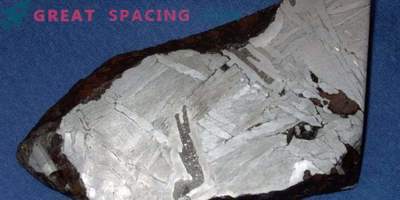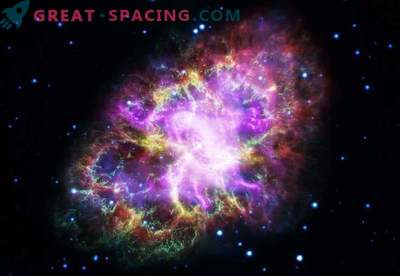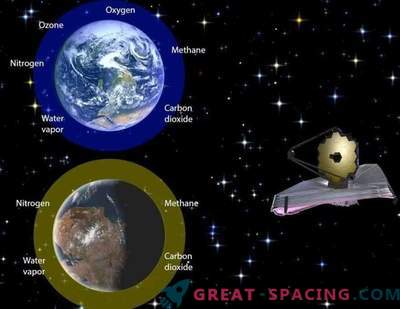
Extraterrestrial life can use violet pigments to collect energy.
Aliens may be ... purple! New research suggests that the first life on Earth could be endowed with a lavender shade. Researchers say that before green plants began to use the energy of the Sun, tiny purple organisms performed the same functions. There is an assumption that life on other planets can go the same way.
Violet Land
The idea that the early Earth was violet is not a revelation and something new. This theory has existed since 2007. The bottom line is this: plants and photosynthetic algae use chlorophyll to absorb solar energy, but they do not absorb green light. This is strange, because it is rich in energy. Perhaps there was something else that had already used this part of the spectrum in the evolution of chlorophyll photosynthesis.
This “something else” became simple organisms that capture solar energy with the help of retinene molecules, whose pigments best absorb green light. They are not as effective as chlorophylls in the extraction of solar energy, but easier. Such methods of collecting light are still widespread among bacteria and unicellular archaeal organisms. These purple organisms are found everywhere from the oceans to the Antarctic dry valley and leaf surfaces. Retinen pigments were also found in the visual system of more complex animals. Scientists believe that the appearance of pigments in many living organisms hints that they developed early from common ancestors.
Purple aliens
Regardless of the color of early life on Earth, it is clear that the purple life is quite real on other planets. That is, aliens could go on a similar path and repeat our development. If life on other planets uses retinen pigments for energy, astrobiologists will find them only by searching for certain light signatures.
Chlorophyll absorbs predominantly red and blue light. But the reflected spectrum from a planet covered with plants shows a “red edge of vegetation.” This is a sudden change in the reflection of light in the near-IR part of the spectrum, where plants no longer absorb red wavelengths and begin to reflect them.
But in the case of retinen there is a “green edge” that absorbs light to the green part of the spectrum, and then begins to reflect longer waves. Therefore, when searching for life, you cannot ignore the fixation of the green edge, because there can be life on the planet, just purple.











































